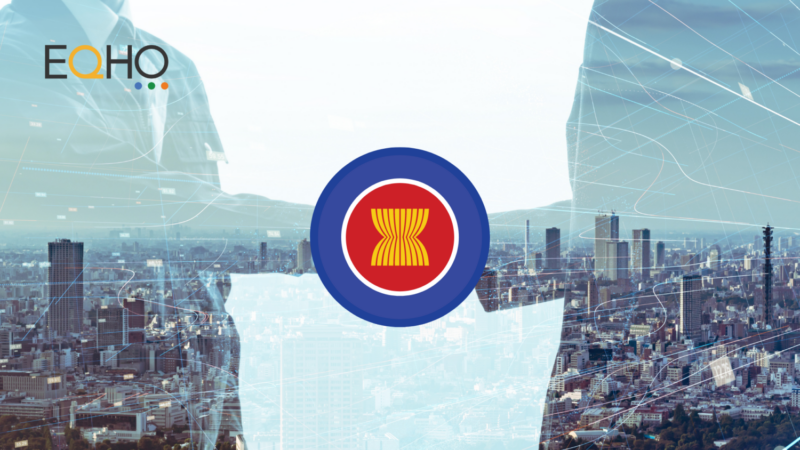Business Localization Terminology
First, we need to define some terms that will be used here, namely machine translation (MT) and transcreation. These are essentially two different (but complementary) strategies for localizing websites.
What is Machine Translation?
Machine translation or MT has been around since the 17th century, but only since the 1970s in its current form. It’s also known as automated translation (AT) and is considered a pseudo localization process that doesn’t require human interaction. Free machine translation is available now on the web with websites like Google Translate and Bing Translator. Instead of hiring a human translator, content writers simply plug passages of content into an online machine translation engine and instantly get a translation (often of varying and unpredictable quality).
What is Transcreation?
At the other end of the spectrum, transcreation is a specialized marketing translation technique used for corporate websites and marketing collateral, conducted by marketing-savvy translators. The goal of transcreation is to take given website content from one language to another without losing original intent, style, context, or tone. Transcreation is meant to literally transcend cultural and language barriers, as opposed to the word-for-word or sentence-for-sentence translation seen in raw, unedited MT output. You may have heard transcreation referred to by marketing personnel as “creative translation”, “international copy adaptation” or “cross-market copywriting.” Now let’s examine both more closely to see which one is preferable for your business.
What Type of Localization Strategy is Best for Ecommerce Websites?
Machine translation is the ideal approach for large-scale, functional content such as ecommerce product descriptions and online catalogues, as well as for legal discovery and projects that must be translated into many different languages (AKA non-critical content). While large ecommerce businesses and corporations generally have resources to invest in human capital including translators and reviewers, projects which require tens of millions of words of content to be translated into multiple languages in weeks calls for translation automation.
Likewise, for start-ups, the use of machine translation may enable you to put your money to better use while allowing efficient entry into international markets. For those new to localization, we recommend researching and adding one language at a time to your website while selecting languages with the highest ROI potential for the international market niche you are trying to reach.
There are several types of machine translation engines available on the market, namely rule-based (RBML), statistical, neural (AI), and hybrid. Some solutions are open-source, including Google Translate, and yield varied results. Other MT solutions are custom-made and only available through experienced language service providers (like us). Like the old saying goes, ‘you get what you pay for,’ so quality results of custom engines far outweigh the ability of the free Google option. The type of machine translation solution that is best for your business depends on what your business is and how much you have to invest, but in most scenarios, machine translation (particularly when combined with human editing) is a great solution for delivering functional, multilingual, human-quality content at scale. MT is ideal for ecommerce.
What Type of Translation Strategy is Best for Corporate Website Content?
Corporate marketing content calls for a custom approach to website translation. Unlike ecommerce websites that contain millions of words of functional content including specifications and bullet-point lists, corporate sites are intended to communicate your mission, vision, and brand value to prospects and clients in a concise and style-centric way. Since the typical language used in marketing can be too complex for MT engines to interpret (at least for now), the recommended approach for marketing translations is transcreation – a 100% human approach. By enlisting marketing-savvy translators in your target languages, the creation of a fully customized message incorporating elements of corporate style guides and terminology glossaries is realized.
For corporate clients seeking custom translation solutions by marketing translators, visit website localization for more information. For high-volume content translation solutions, visit our pages on automated translation and automated translation post-editing. If you are not sure what you need, contact us for some free impartial advice.[:]



